Why following your child’s curiosity with interest-led learning is the secret to unlocking motivation, connection, and growth in your homeschool.
If you’ve ever tried to sit down and do a math worksheet with a child who has ADHD… or asked your dyslexic teen to write a paper on a topic they don’t care about… you know what resistance looks like.
Maybe they complain.
Maybe they procrastinate or do a poor job.
Maybe they shut down altogether.
Whatever form it takes, resistance in learning isn’t laziness or disobedience. It’s a sign. A message. A flashing light saying:
“This doesn’t feel meaningful to me.”
And if you’ve been homeschooling a child with dyslexia, ADHD, or both — you’ve likely seen this message more than once.
But what if, instead of pushing harder… we stepped back and got curious?
What if we leaned into what already lights our kids up and used it as the bridge to real learning?
That’s the heart of interest-led learning — and it can transform your homeschool.
What Is Interest-Led Learning?
Interest-led learning is the practice of following your child’s natural interests and curiosities as the starting point for learning. It doesn’t mean abandoning structure, giving up academics, or letting kids do whatever they want. Instead, it means recognizing that:
- Kids learn best when they care about what they’re learning
- Motivation increases when learning feels relevant and engaging
- Trust and connection grow when a child feels seen, heard, and respected
Especially for neurodivergent learners, interest-led learning can make all the difference in a school day.
Why It Works for Kids With Dyslexia and ADHD
Traditional school systems — and even many homeschool curriculums — are built on rigid expectations. Sit still. Follow the program. Master phonics by age 6. Write full paragraphs by third grade.
But for kids with dyslexia or ADHD, this kind of rigidity often leads to frustration and shutdown. Their brains work differently. Their learning timelines are different. And they need flexibility and meaning more than anything else.
Here’s why interest-led learning works so well:
It supports brain engagement
When a child is curious, their brain lights up. Dopamine increases, focus improves, and information sticks longer. That’s a big deal for ADHD learners.
It builds language and literacy naturally
A dyslexic child who struggles to decode words might resist early readers… but read Minecraft wiki pages for hours. Or dictate an amazing story if the topic excites them.
It makes learning feel safe
Kids who’ve experienced repeated failure (especially in reading, writing, or focus) may associate school with shame. Interest-led learning helps rebuild confidence — one positive experience at a time.
It helps you connect, not control
Instead of constant power struggles, interest-led learning opens up collaboration. It says, “I see you. I want to understand you. Let’s learn together.”
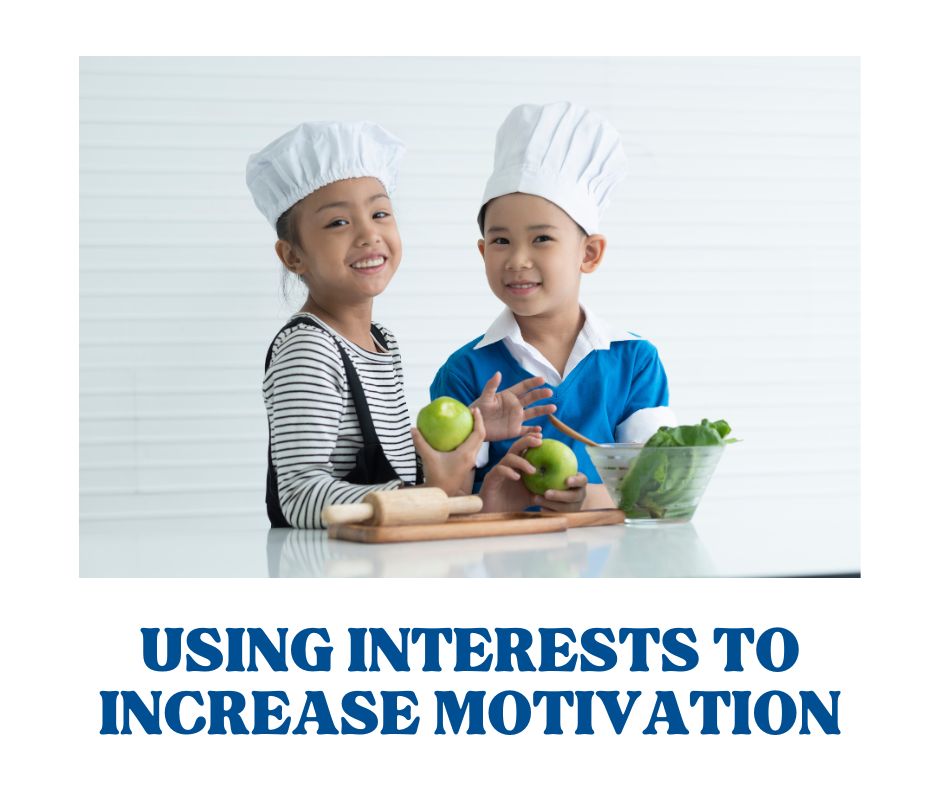
But What About Structure?
Following your child’s interests doesn’t mean giving up on goals or structure. In fact, it’s more effective when you pair it with light planning and gentle accountability.
You can still set boundaries, teach core skills, and track progress. For example:
Example 1: Reading Practice with Limits
Your child loves animals but resists reading. You might say:
“We’re going to do 10 minutes of reading together every day. You get to choose from these animal books or listen to a short article about your favorite animal and then read one paragraph to me.”
This keeps reading non-negotiable (boundary), but the content is flexible and tied to their interest.
Example 2: Math Practice with a Real-Life Tie-In
Your ADHD teen needs math review but hates worksheets. You might say:
“You’re in charge of planning a snack budget for our family camping trip. Use this calculator and list prices to figure out what we can buy for under $20.”
You’re teaching math through life skills, setting clear goals, and still covering the required standard.
You can tie required subjects (like reading or history) into their interests. Here are a few examples:
Example 1: History Through Minecraft
Your child is obsessed with Minecraft but avoids writing and history. Try this:
“Let’s build a Viking village in Minecraft and then write 5 cool facts about how real Vikings lived. We can look it up together first.”
You’re tying history and writing into something they already love, which boosts motivation and retention.
Example 2: Science Through Sports
If your child loves basketball but avoids science:
“Let’s measure how high your basketball bounces on different surfaces and record the results. That’s real science — we’ll even graph it.”
You’ve now created a hands-on, interest-based physics lesson tied directly to their passion.
You can slowly build executive function skills by co-creating routines around what they like to do.
Example 1: Morning Routine with Buy-In
Instead of a rigid checklist, sit with your child and say:
“Let’s make a morning plan that helps you feel ready for the day. What’s one thing you want to do before school starts?”
Maybe it’s playing with LEGOs for 10 minutes or drawing. Once that’s built into the schedule, they’re more likely to follow through on the rest — and they’re practicing planning and sequencing.
Example 2: Planning Their Week with Themes
Your teen resists structure but loves creativity. Try:
“Let’s theme your afternoons this week — you pick the theme, I’ll help match the subjects.”
Example:
- Monday: “Music Day” → Reading lyrics for decoding practice + History of Jazz
- Tuesday: “Nature Day” → Outdoor journaling + Science on ecosystems
This helps them practice planning ahead (executive function) without overwhelming them with generic schedules.
Uses kids’ interests is a powerful way to make learning enjoyable. This is exactly why we created the Student Interest Inventories for both younger kids and teens — so you can uncover the keys to motivation before diving into lesson plans.
Using Student Interest Inventories in Your Homeschool
The Student Interest Inventory is a simple but powerful tool that helps your child:
- Reflect on what they love, enjoy, and are curious about
- Identify their learning preferences (visual, hands-on, auditory, etc.)
- Feel seen and valued as a partner in their education
And it helps you:
- Discover hidden interests or talents
- Make better curriculum choices
- Reduce resistance by aligning learning with what already excites them
- Personalize lessons, routines, and projects for better results
Even kids who resist writing can do the inventory by drawing, dictating, or simply talking through their answers. It becomes a conversation starter — and often a breakthrough moment in your relationship.
Once you understand what motivates your child, the next step finding ways to incorporate those interests into their school subjects. Learn more about that in this post, Jump Start Your Homeschool With Interest-Led Learning.
Student Interest Inventories for Kids & Teens (Part of the Dyslexia Success Toolkit)
Help your child feel seen, understood, and excited to learn — even if school has always been a struggle.
The Student Interest Inventories are just one of 18 powerful resources included in the Dyslexia Success Toolkit — a comprehensive bundle created for parents homeschooling kids with dyslexia, ADHD, or other learning differences.
These inventories help you uncover:
- What motivates your child
- How they prefer to learn
- What challenges or frustrates them
- What support helps them succeed
By giving your child a voice in their education, you reduce resistance, increase cooperation, and gain practical insight for planning a homeschool experience that actually works.
What’s Included:
Instructions and tips for how to use — including with struggling readers or reluctant learners
Two versions: one for kids (ages 5–11) and one for teens (ages 12–18)
Age-appropriate, visually engaging formats
Prompts about interests, learning style, challenges, and personal strengths
Optional parent reflection section to guide next steps
Along with the Student Interest Inventories, you’ll also receive 18 more game-changing tools, including:
- A reading assessment and fluency tracker
- A homeschool scheduling guide for families with multiple kids
- Flexible daily routine templates and visual planners
- A guide to choosing dyslexia-friendly curriculum
- Top 10 ADHD & dyslexia accommodations that really work
- A toolkit for building your child’s motivation and growth mindset
- Printable focus boosters and brain break cards
- Resources for goal setting, independence, and executive function
It’s like having your own homeschool success starter pack — designed specifically for families teaching outside the box.
Get the Complete Toolkit for Just $17
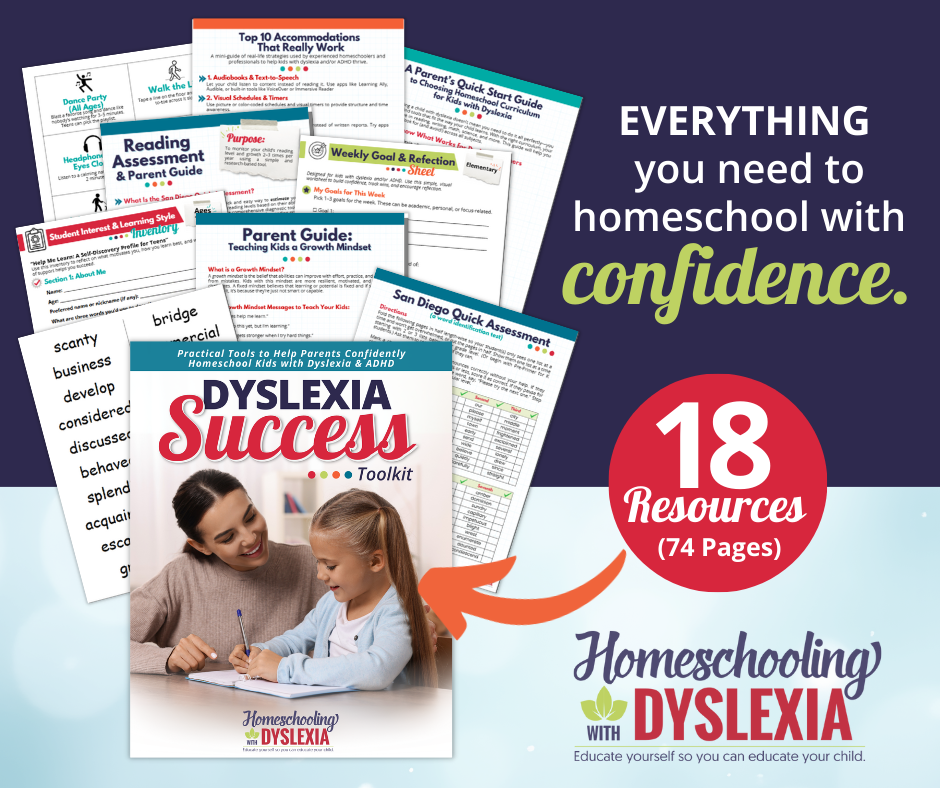
You’ll get immediate access to the full Dyslexia Success Toolkit, including:
- The Student Interest Inventories (for kids & teens)
- 17 additional printable & digital tools
- A clear path to create a homeschool that works for your family
Click here to grab the toolkit now
Make this the year your child starts believing in their ability to learn.
Step away from the checklist
If your homeschool has felt heavy, disconnected, or full of resistance lately — try stepping away from the checklist.
Start with a conversation.
Follow their curiosity.
Let their interests light the path.
You’ll be amazed at what happens when your child feels truly seen and invited into their own learning.

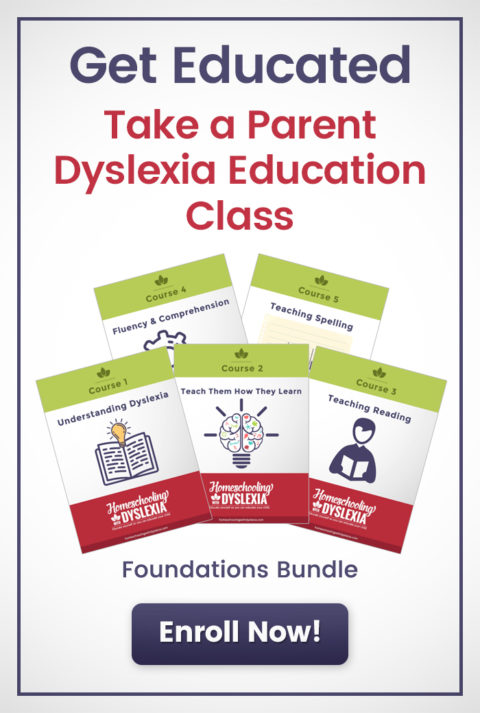
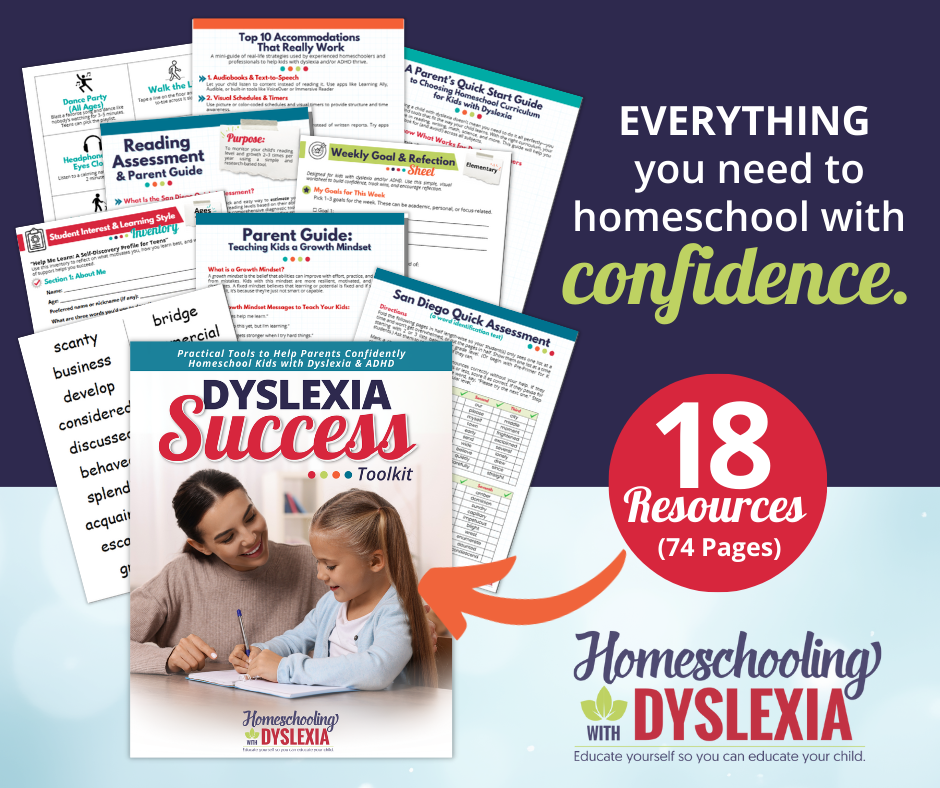
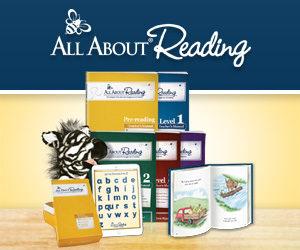
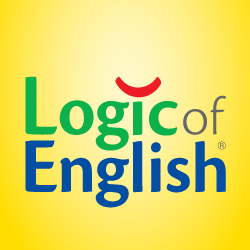

0 Comments